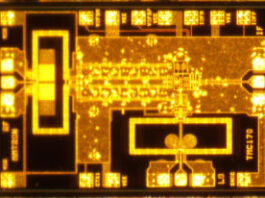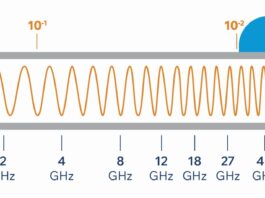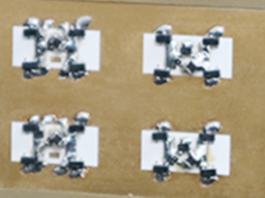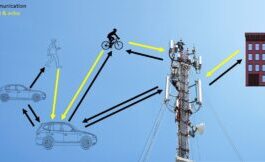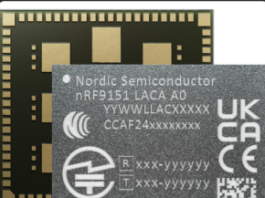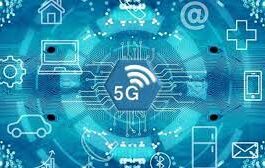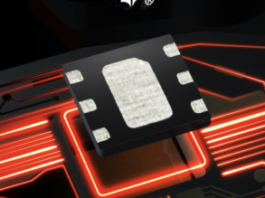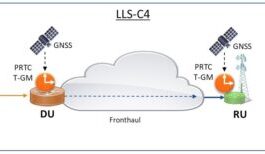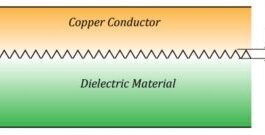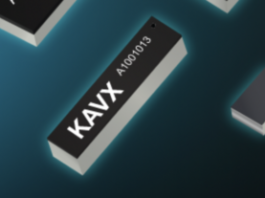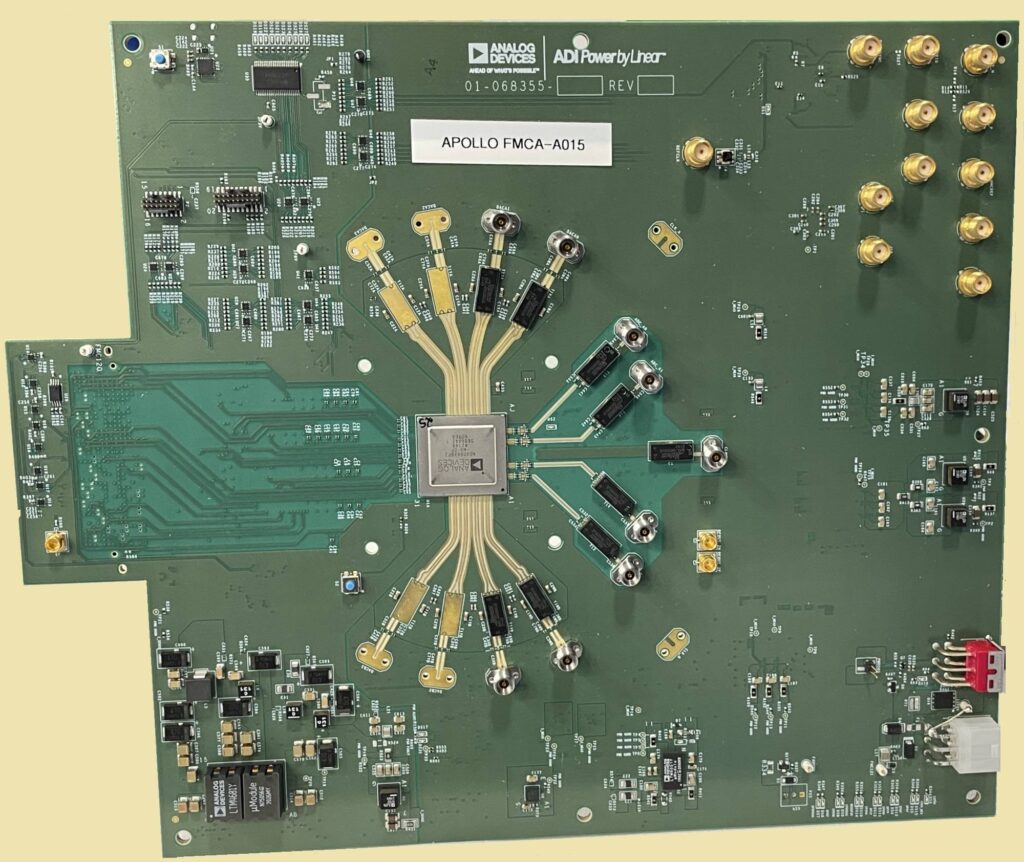
Attendees at the 6G Symposium and Summit witnessed the latest wireless technology research.
We are still years away from seeing 6G chips, components, and systems at trade shows, but academic and industry research is moving forward. Two conferences recently highlighted some of the latest work. Here are some photos and videos of what EE World observed.
The 6G Symposium was held on October 18 and 19, 2023, in Washington, DC. During the event, Keysight Technologies showcased two exhibits. The first exhibit demonstrated a simulated Open RAN connected to a simulated 5G core network, both operating on a server. A simulated radio unit used a signal generator to simulate signals between the base station and user equipment. The software monitored the action and decoded the signals from complex numbers and I/O diagrams up to protocol layer four.
Also read; Ultra-Wideband Antennas Fulfill Specific Spectrum Requirements.
Just a few steps away, Keysight presented a demonstration of integrated sensing and communication, also known as joint sensing and communication. The demonstration was a collaboration between Keysight and the University of California San Diego, which had developed 8×8 phased arrays for transmitting and receiving signals. The transmitter and receiver arrays were synchronized to obtain the channel’s impulse response. A machine-learning algorithm was used to measure the received signals, having been trained on several objects at different distances. In this particular demonstration, the object being measured was a water bottle, held in place by a hockey puck.
Also read; Electric Scooter Price In Chennai: Factors That Affect The Cost
Also in Washington, The Center for Wireless Internet of Things at Northeastern University. Students have developed a physical layer for sub-THz communications with a bandwidth of 8 GHz using radio-frequency on chips (RFSoc) technology. Since 2022, the students have added equipment from Keysight that can sample at 68 Gs/sec. After scaling up their hardware, the team now has a system that can transmit and receive data at 16.4 Gb/sec with a maximum theoretical data rate of 100 Gb/sec.
Also read: Open RAN: Interoperability Is Not Plug-And-Play EE World Spoke With Adam Smith
Brooklyn 6G Summit
On November 1 and 2, EE World was in New York City at the Brooklyn 6G Summit hosted at the NYU Tandon School of Engineering. Here, we found several exhibits.
We’re hearing more and more talk about AI/ML in wireless. One such technology that could enable 6G is software-defined radio (SDR). That’s because data converters are fast enough to directly digitize RF signals. Pi-Radio, an NYU Wireless spinoff, exhibited its SDRs. The video shows an SRD board switching in microseconds between 6.5 GHz and 17 GHz with the goal of characterizing the RF channels for use with 6G. Incumbent users in FR3 include satellites, Thus we don’t know of we can extrapolate from the channel-sounding work done at FR1 frequencies.
When 5G is a research activity, companies and universities performed channel-sounding measurements, particularly for mmWave signals. Research at sub-THz and FR3 frequencies has gone on for several years. This time, however, researchers have AI/ML as a channel-sounding tool. In this video, Rohde & Schwarz and nVidia have teamed to use ML to teach a GPU how to find the optimum I/Q constellation for a given channel. The result: a constellation that defies the usual square shape. That new model goes into the receiver, which compensates for those differences. Think of it as error correction but in the RF domain.
Also read: Cutting-Edge 5G Antenna Testing For Autonomous Vehicles In Existing EMC Chambers
Test-and-measurement companies are often amongst the earliest to work on developing new technologies. After all, how do you know if a new design works unless you can test it? As with 5G, 6G research started with the radio. That’s where you see RF test companies such as Keysight and Rohde & Schwarz. Now, work is moving deeper into the network. That’s why network-test-equipment company Viavi has entered the 6G game. In the video below, Ian Wong explains what the company is doing with 6G.
Not all the Brooklyn exhibits were centered on equipment. Analog Devices showed several RF components on boards. Below is a board containing the AD9084 Apollo MxFE, a quad 16-bit, 28 GS/sec RF DAC and a quad 12-bit, 20 GS/sec RF ADC.

Analog Devices Apollo demo board at 2023 Brooklyn 6G Summit.
Here is a portion of an RF front-end board containing an ADMV8818 digitally tunable low-pass filter (2 GHz to 18 GHz), ADRF5730 digital attenuator (100 MHz to 40 GHz), HMC994APM5E GaAs pHEMT MMIC Power Amplifier (DC to 40 GHz).

Analog Devices RF demo board
As you enter the building, you can see why a 6G conference must happen here because it shows off the latest in communications technology.

World’s first 6G phone







